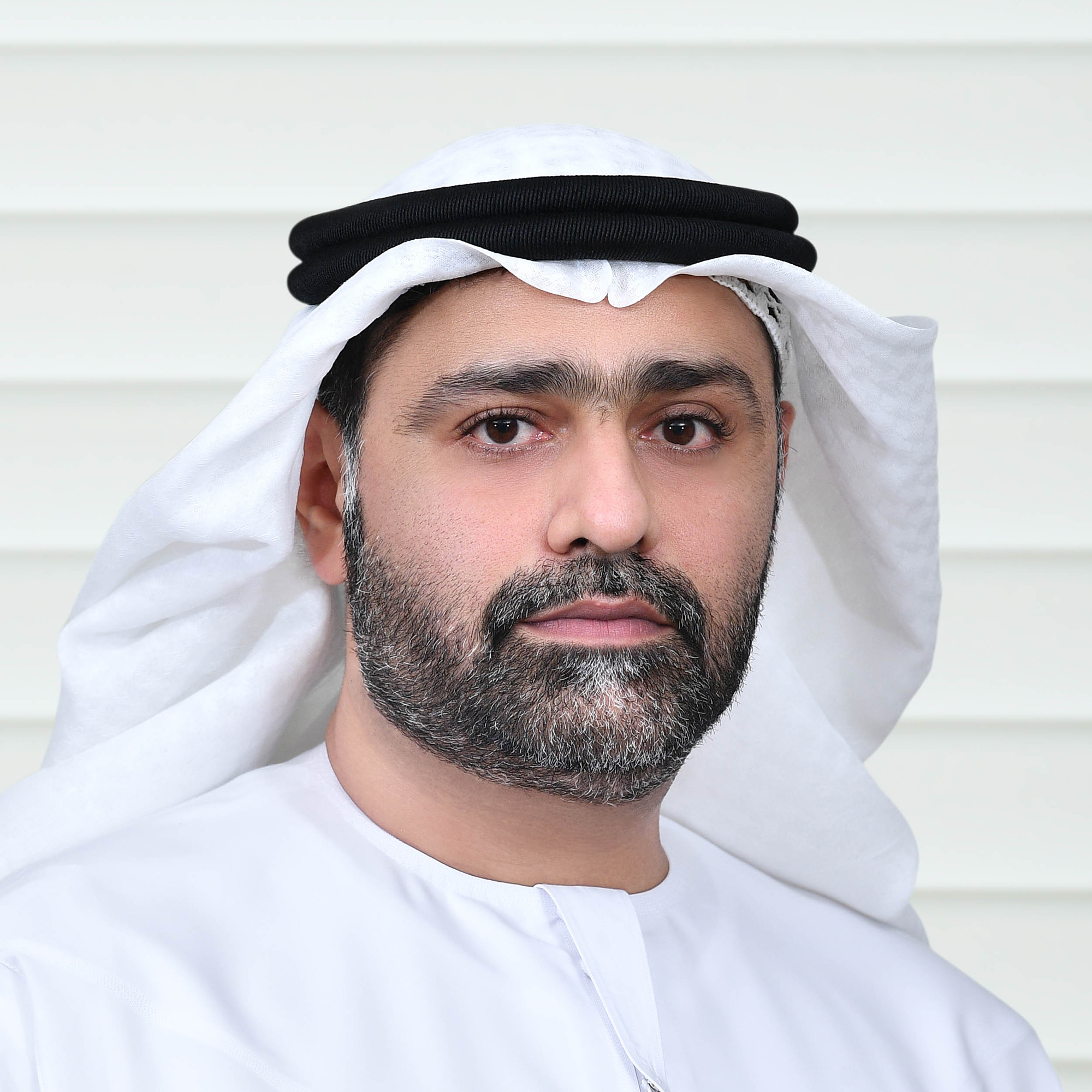
As the UAE positions itself as a regional leader on climate change, our transmission sector is working diligently to make the UAE’s energy goals a reality, says Dr. Afif Al Yafei, Chief Executive Officer of Abu Dhabi Transmission & Despatch Company (TRANSCO).
Last year before COP 26 was held in Glasgow, the UAE announced its target of achieving net zero emissions by 2050, the first country in the GCC to do so.
As the UAE positions itself as a regional leader on climate change, our transmission sector is working diligently to make the UAE’s energy goals a reality.
Often called the “interstate highway” of water and electricity delivery, transmission networks play the critical role of connecting generation plants to the power grid which then is distributed to customers.
Everything from schools, hospitals, factories, office buildings to homes rely on electricity as a necessity for modern life.
TRANSCO is the important link in our energy system that makes this possible, but our role does not stop there.
We also ensure the integration of new nuclear, concentrated solar power, photovoltaic, and reverse osmosis plants into our existing water and electrical grids that enables the energy transition here at home.
As the UAE’s largest grid owner, our networks make up nearly 11,000 kilometers of electrical transmission – longer than the length of the Amazon River.
Yet one of the often-overlooked elements – and one of the most important – is the infrastructure to balance the grid.
There is a difference between how much electricity people use while they are sleeping versus while they are awake, and the changes in demand for electricity throughout the day requires a delicate balancing act, to match supply that is needed at different times.
In Abu Dhabi, nuclear power generated from the Barakah Nuclear Energy Plant, the first nuclear power station in the region, provides the minimum amount of energy required for maintaining the grid throughout the day.
During peak when people are using more electricity, solar energy from one of the world’s largest single site solar plants, Noor Abu Dhabi, helps meet the spikes in demand.
This is where our infrastructure plays such a critical role. In 2020, we completed construction of nearly 1,000 kilometers of 400 kV overhead lines to connect Unit 1 of the Barakah Nuclear Energy Plant to the Abu Dhabi electricity grid.
We made further progress by expanding the power network that enabled Unit 1 of the Barakah plant to start commercial operations in April 2021 and Unit 2 in March of this year.
The introduction of these new energies is a vital piece of helping the UAE reach its net zero ambitions, while never departing from our impeccable reliability and safety standards, ensuring that the lights stay on.
While we are proud of what we have accomplished, we are always looking for other ways in which we can evolve and help the energy transition.
Collaboration with key partners is essential in the global energy transition, and the major energy players in Abu Dhabi are leading by example.
TAQA Group, our parent company, and ADNOC announced a $3.6 billion strategic project to develop and operate a first-of-its kind subsea transmission system in the region. It will power ADNOC’s offshore production operations with cleaner and more efficient energy, delivered through our power grid.
At TRANSCO we understand our asset infrastructure is the literal pathway to a more sustainable future. It is through our transmission networks that we can help decarbonise the broader energy system, while also meeting the increase in consumer demand.
In a value chain that contains many players, we are proud to be the connection between the generation plants and the people who make it all possible.
Source: Utilities Middle East.